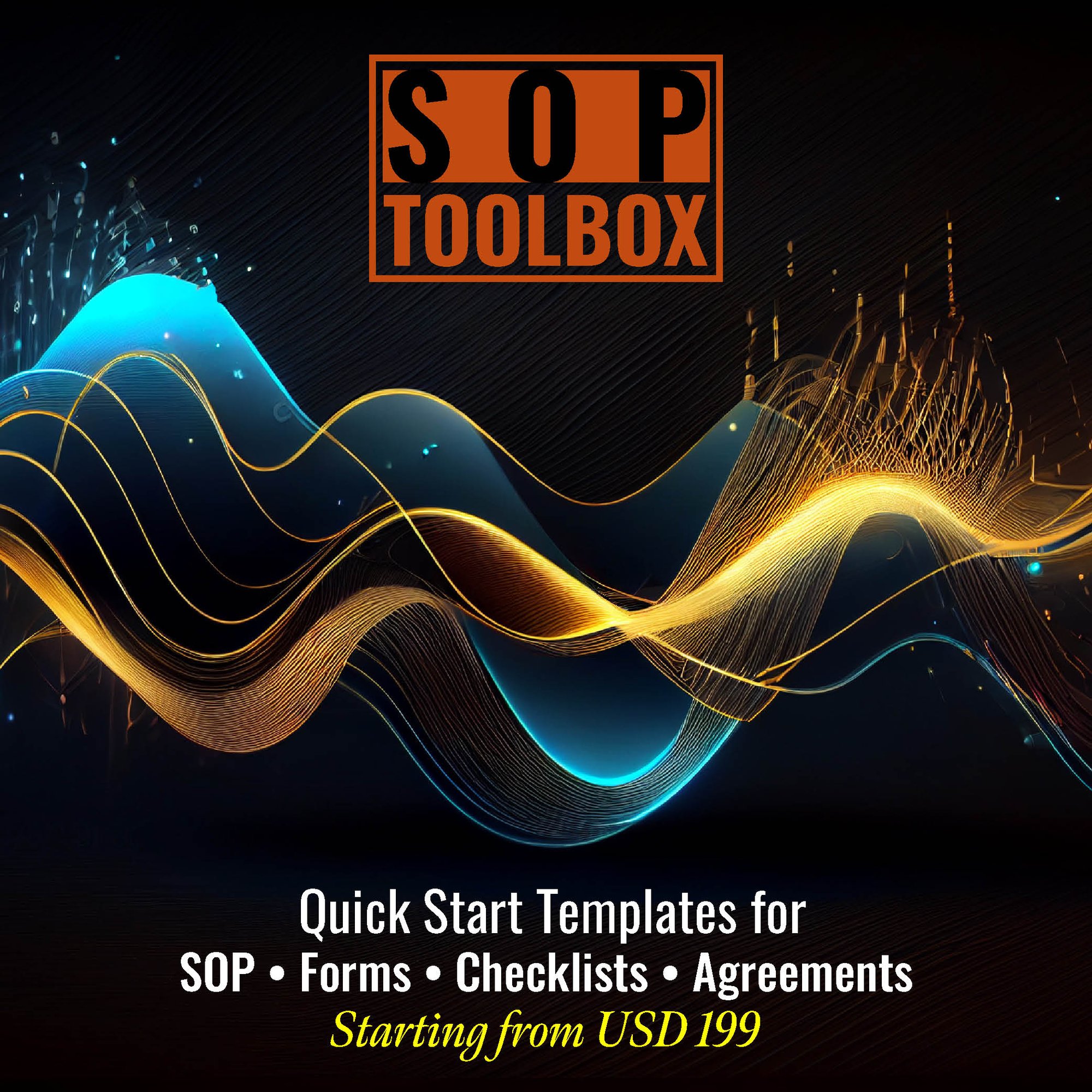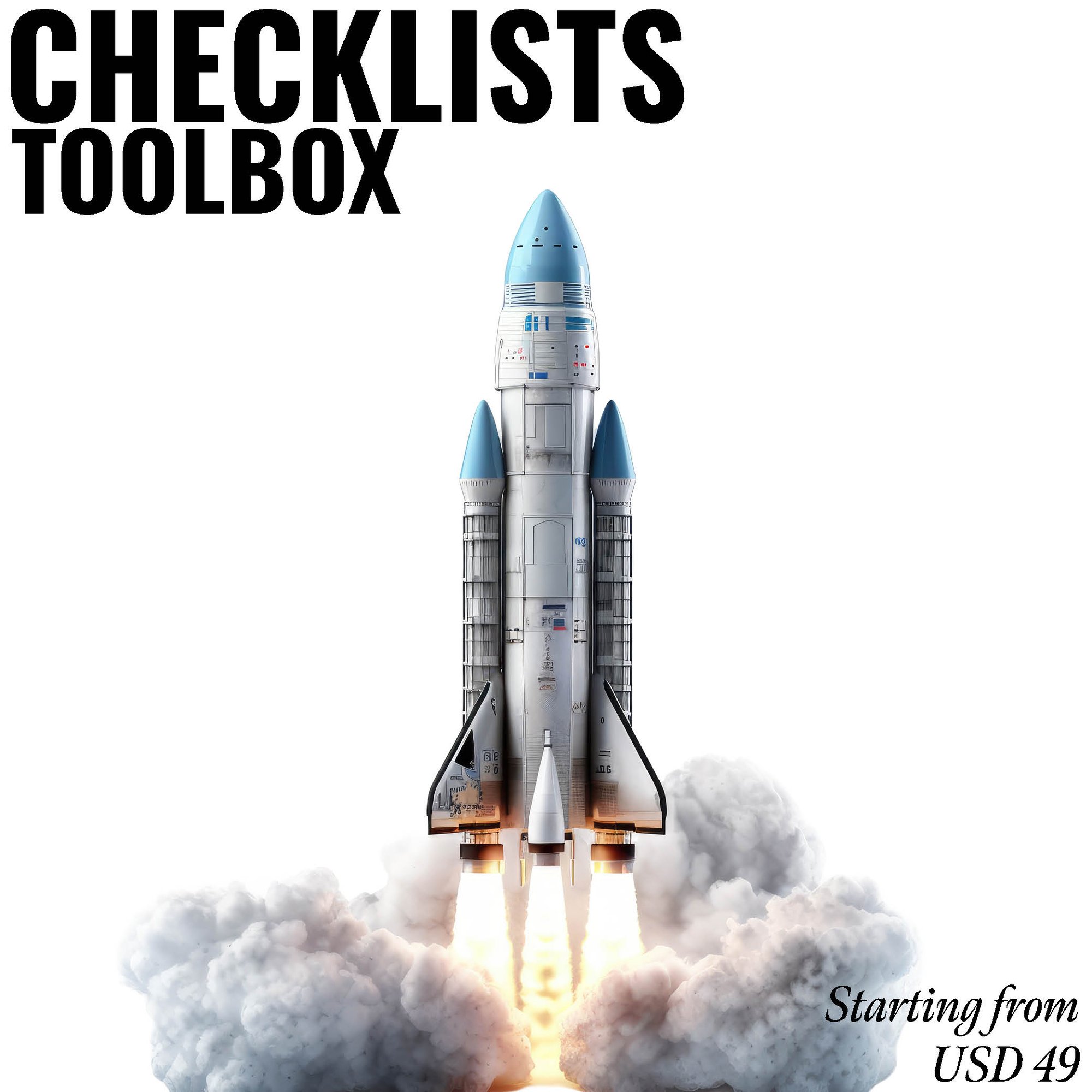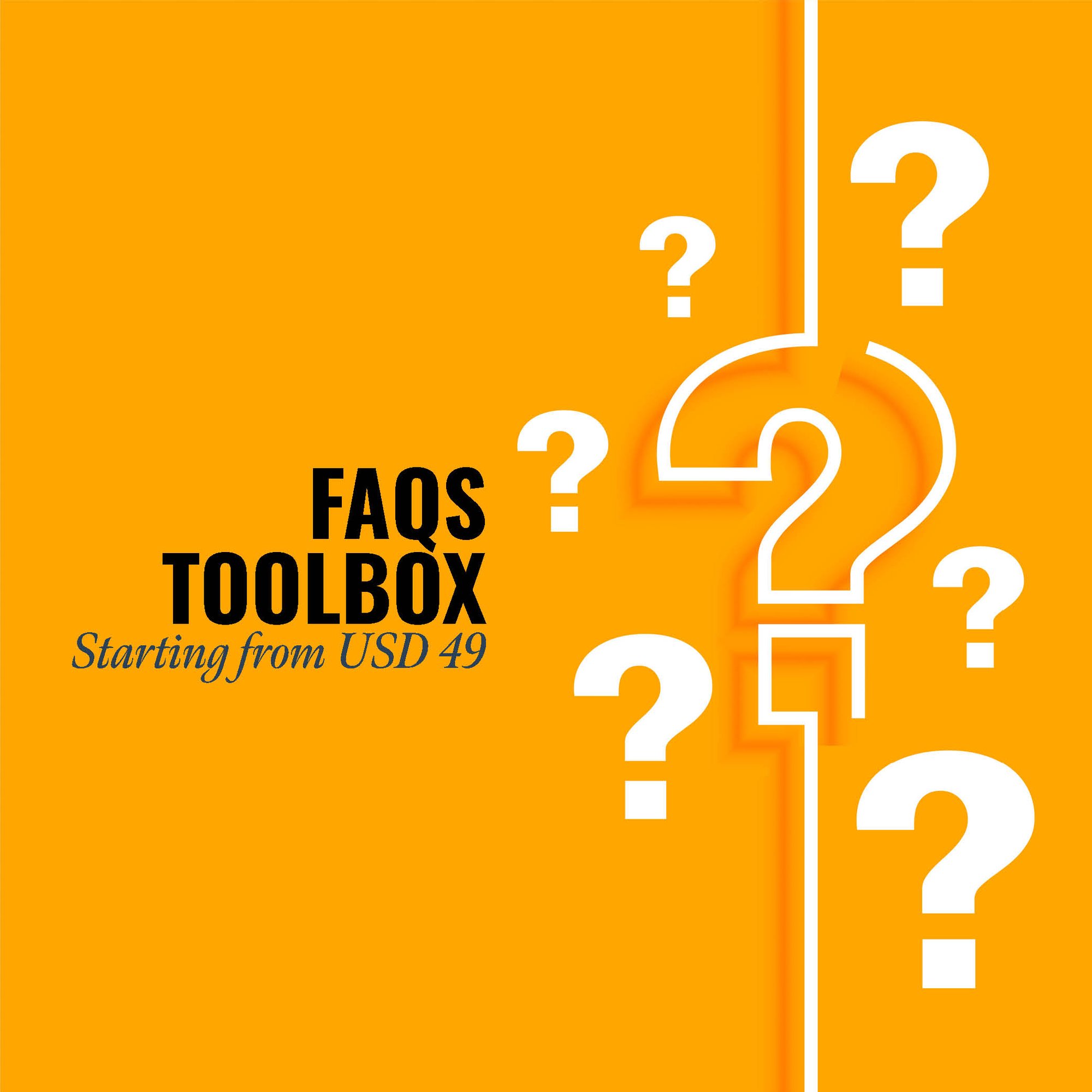An SOP (Standard Operating Procedure) Manual for Hydroelectric Power Generation holds remarkable prominence in the energy sector, specifically within the context of hydroelectric power generation. Its significance can be summarized as follows:
-
Reliable Energy Production: Hydroelectric power is a consistent and renewable energy source. The manual ensures the stable operation of hydroelectric plants, contributing to a reliable energy supply, vital for meeting the electricity needs of communities and industries.
-
Safety and Environmental Stewardship: Hydroelectric facilities are often located in sensitive natural environments. The manual's standardized procedures enhance safety for workers and mitigate environmental impacts, ensuring responsible and sustainable energy generation.
-
Regulatory Compliance: Hydroelectric power plants must adhere to a multitude of industry and environmental regulations. The manual facilitates compliance, reducing the risk of legal issues, penalties, and reputation damage.
-
Operational Efficiency: Standardized processes optimize the performance of hydroelectric plants, reducing operational costs, minimizing resource waste, and ultimately contributing to economic efficiency.
-
Grid Stability: Hydroelectric power complements other energy sources, helping stabilize the electrical grid and ensuring a resilient and dependable energy supply.
-
Long-term Sustainability: The manual supports ongoing innovation and research in hydroelectric technology, enabling the development of cleaner and more efficient energy solutions.
In summary, an SOP Manual for Hydroelectric Power Generation plays a prominent role in providing reliable, safe, and environmentally responsible energy production while promoting compliance, efficiency, and the long-term sustainability of the energy sector.
CLICK HERE to download the List of SOPs Document in PDF format. Please share this document with your clients, colleagues and senior officers.
Top 50 SOPs for Standard Operating Procedures (SOPs) for Hydroelectric Power Generation
SOP-819-001: Standard Operating Procedure for Site Safety and Access Control
SOP-819-002: Standard Operating Procedure for Emergency Response and Evacuation
SOP-819-003: Standard Operating Procedure for Reservoir Management
SOP-819-004: Standard Operating Procedure for Dam Inspection and Maintenance
SOP-819-005: Standard Operating Procedure for Turbine Operation and Maintenance
SOP-819-006: Standard Operating Procedure for Generator Operation and Maintenance
SOP-819-007: Standard Operating Procedure for Intake Structure Maintenance
SOP-819-008: Standard Operating Procedure for Tailrace Maintenance
SOP-819-009: Standard Operating Procedure for Environmental Monitoring
SOP-819-010: Standard Operating Procedure for Fish Passage Management
SOP-819-011: Standard Operating Procedure for Water Quality Management
SOP-819-012: Standard Operating Procedure for Sedimentation Control
SOP-819-013: Standard Operating Procedure for Spillway Operation
SOP-819-014: Standard Operating Procedure for Flood Control
SOP-819-015: Standard Operating Procedure for Turbine Start-up and Shutdown
SOP-819-016: Standard Operating Procedure for Generator Start-up and Shutdown
SOP-819-017: Standard Operating Procedure for Equipment Lubrication
SOP-819-018: Standard Operating Procedure for Instrumentation and Control Systems
SOP-819-019: Standard Operating Procedure for Power Grid Connection
SOP-819-020: Standard Operating Procedure for Transmission Line Maintenance
SOP-819-021: Standard Operating Procedure for Substation Operation and Maintenance
SOP-819-022: Standard Operating Procedure for Water Flow Management
SOP-819-023: Standard Operating Procedure for Turbine Efficiency Testing
SOP-819-024: Standard Operating Procedure for Generator Efficiency Testing
SOP-819-025: Standard Operating Procedure for Dam Safety Monitoring
SOP-819-026: Standard Operating Procedure for Hydroelectric Plant Security
SOP-819-027: Standard Operating Procedure for Equipment Calibration
SOP-819-028: Standard Operating Procedure for Staff Training and Certification
SOP-819-029: Standard Operating Procedure for Work Permitting
SOP-819-030: Standard Operating Procedure for Spill Response and Cleanup
SOP-819-031: Standard Operating Procedure for Vegetation Management
SOP-819-032: Standard Operating Procedure for Hazardous Material Handling
SOP-819-033: Standard Operating Procedure for Equipment Troubleshooting
SOP-819-034: Standard Operating Procedure for Electrical Safety
SOP-819-035: Standard Operating Procedure for Lockout/Tagout Procedures
SOP-819-036: Standard Operating Procedure for Confined Space Entry
SOP-819-037: Standard Operating Procedure for Fall Protection
SOP-819-038: Standard Operating Procedure for First Aid and Medical Response
SOP-819-039: Standard Operating Procedure for Noise Control
SOP-819-040: Standard Operating Procedure for Fire Safety
SOP-819-042: Standard Operating Procedure for Waste Management
SOP-819-043: Standard Operating Procedure for Hazard Communication
SOP-819-044: Standard Operating Procedure for Air Quality Monitoring
SOP-819-045: Standard Operating Procedure for Emergency Power Systems
SOP-819-046: Standard Operating Procedure for Water Turbulence Control
SOP-819-047: Standard Operating Procedure for Infrastructure Maintenance
SOP-819-048: Standard Operating Procedure for Data Logging and Analysis
SOP-819-049: Standard Operating Procedure for Community Relations
SOP-819-050: Standard Operating Procedure for Decommissioning and Abandonment
SOP ToolBox: If you are reading these lines, I am sure you are looking for Standard Operating Procedure guidelines or SOPs itself. In both the cases, searching in internet will not be yielding any great help. Because no company shares their SOP Development Process and certainly don’t share their SOP Documents. The best way to develop an SOP is creating one for yourself. At Fhyzics, we write SOPs day-in and day-out for companies across the globe including some of the Fortune 500 organisations. Our charge ranges from USD 5000 to USD 50000 depending upon the number of processes to be covered. Certainly, this is not affordable to small and mid-size organisations. Hence, we decided to create this SOP ToolBox to disseminate our 8-Step SOP Development Life-Cycle and best practices at an unbelievably low price.
I always say, writing an SOP is somewhere between art and science. So far you may be clueless on where to start and how to progress on an SOP? This will not be the case after you diligently go through this SOP ToolBox. We have summarised all our secrets here to get you started and to deliver a stunning SOP to your management.
Industry Process:
Hydroelectric generation is a mode of generating electricity via water supplies, where these generators are placed in dam, rivers, sea, and in other external water forces. Amount and speed of the water falls determines the production of electricity, where its mainly produced through the pressure of water. A turbine generator is placed under the water, and then, its is connected to the electric convertor. The turbine starts to rotate, when the water gets fall on it. Based on the water force and amount, the speed gets vary. The turbine generator is connected to the electric convertor, where the major core concept is convention of mechanical energy into electrical energy. When the turbine rotates, it produces mechanical energy and then, the convertor changes it to electrical energy. The produced electrical energy is stored and distributed to the power station. In order to avoid the transmission loss, the substation or power station needs to be located near the generator. Inconstant of electricity production is the major demerits in this powerplant, where the industries are focusing to supply constant water sources externally. Small kind of hydrogenators are also manufactured and supplied for small industrial and other related uses.
1. Standard Operating Procedures (SOP) Manual for Accounts Department
2. Standard Operating Procedures (SOP) Manual for Finance Department
3. Standard Operating Procedures (SOP) Manual for Customer Service
4. Standard Operating Procedures (SOP) Manual for CRM Department
5. Standard Operating Procedures (SOP) Manual for Credit Department
6. Standard Operating Procedures (SOP) Manual for Treasury Department
7. Standard Operating Procedures (SOP) Manual for Human Resources (HR) Department
8. Standard Operating Procedures (SOP) Manual for Training Department
9. Standard Operating Procedures (SOP) Manual for Learning & Development Department
10. Standard Operating Procedures (SOP) Manual for Administration Department
11. Standard Operating Procedures (SOP) Manual for Front Office
12. Standard Operating Procedures (SOP) Manual for House Keeping
13. Standard Operating Procedures (SOP) Manual for Safety Department
14. Standard Operating Procedures (SOP) Manual for Security Department
15. Standard Operating Procedures (SOP) Manual for Facilities Management Department
16. Standard Operating Procedures (SOP) Manual for Vigilance Department
17. Standard Operating Procedures (SOP) Manual for Legal Department
18. Standard Operating Procedures (SOP) Manual for Information Technology (IT) Department
19. Standard Operating Procedures (SOP) Manual for Sales & Marketing Department
20. Standard Operating Procedures (SOP) Manual for Design & Engineering
21. Standard Operating Procedures (SOP) Manual for Procurement Department
22. Standard Operating Procedures (SOP) Manual for Production
23. Standard Operating Procedures (SOP) Manual for SRM Department
24. Standard Operating Procedures (SOP) Manual for Supply Chain Department
25. Standard Operating Procedures (SOP) Manual for Warehouse
26. Standard Operating Procedures (SOP) Manual for New Product Development Department
27. Standard Operating Procedures (SOP) Manual for Research and Development
28. Standard Operating Procedures (SOP) Manual for Quality Department
29. Standard Operating Procedures (SOP) Manual for Calibration Department
30. Standard Operating Procedures (SOP) Manual for Maintenance Department
- Storage Reservoir
- Dam
- Forebay
- Spillway
- Intake
- Surge Tank
- Penstock
- Valves and Gates
- Trash Racks
- Tailrace
- Draft Tubes
- Prime Movers or Water Turbines
Machines used in Hydroelectric Power Plant:
- Off-Grid Battery
- Grid-Tied Battery less Micro Hydro-Electric Systems
- Dump Load (Diversion Load, Shunt Load)
- Battery Bank (Storage Battery)
- Metering
- Battery Monitor
- Amp-hour Meter
- Watt-hour Meter)
- Battery / Inverter Disconnect
- Inverter (DC-to-AC Converter)
- Mains Panel
- Breaker Box
- Service Entrance
- 3KWH Meter
- Utility Meter
- Turbines Types
- Load Factor
- Load Controllers
- ISO 27.140| International Organization for Standardization
https://www.iso.org/ics/27.140/x/ - ISO 27.100| International Organization for Standardization
https://www.iso.org/ics/27.100/x/ - ISO/DIS 19283(en)| International Organization for Standardization
https://www.iso.org/obp/ui#iso:std:iso:19283:dis:ed-1:v1:en - International Hydropower Association
https://www.hydropower.org/
- China Yangtze Power| Beijing, China|
http://en.cypc.com.cn/ - Eletrobras| Rio de Janeiro, Brazil|
http://www.eletrobras.com/ - Hydro-Québec| Montreal, Canada|
http://www.hydroquebec.com/ - RusHydro| Saint Petersburg, Russia|
http://www.eng.rushydro.ru/ - EDF (Électricité de France)|Paris, France|
https://www.edf.fr/ - BC Hydro|Vancouver, Canada|
http://www.bchydro.com/ - Ontario Power Generation| Toronto, Canada|
http://www.opg.com/ - Duke Energy| North Carolina, United States|
https://www.duke-energy.com/ - Georgia Power| Georgia, United States|
http://www.georgiapower.com/ - Statkraft| Oslo, Norway|
https://www.statkraft.in/
- Powerline Magazine
https://powerline.net.in/ - Hydro Review
https://powerline.net.in/ - POWER Magazine
https://www.powermag.com/ - Power Info Today
https://www.powerinfotoday.com/ - Hydroelectric Power| ScienceDirect Topics
https://www.sciencedirect.com/topics/engineering/hydroelectric-power - Water Power Magazine
https://www.waterpowermagazine.com/ - Hydropower & Dams International Journal
https://www.hydropower-dams.com/
Our SOP Templates’ clients are from the following States and Countries:
Alabama, Alaska, Arizona, Arkansas, California, Colorado, Connecticut, Delaware, Florida, Georgia, Hawaii, Idaho, Illinois, Indiana, Iowa, Kansas, Kentucky, Louisiana, Maine, Maryland, Massachusetts, Michigan, Minnesota, Mississippi, Missouri, Montana, Nebraska, Nevada, New Hampshire, New Jersey, New Mexico, New York, North Carolina, North Dakota, Ohio, Oklahoma, Oregon, Pennsylvania, Rhode Island, South Carolina, South Dakota, Tennessee, Texas, Utah, Vermont, Virginia, Washington, West Virginia, Wisconsin, Wyoming.
Afghanistan, Albania, Algeria, Andorra, Angola, Antigua and Barbuda, Argentina, Armenia, Australia, Austria, Azerbaijan, Bahamas, Bahrain, Bangladesh, Barbados, Belarus, Belgium, Belize, Benin, Bhutan, Bolivia, Bosnia and Herzegovina, Botswana, Brazil, Brunei Darussalam, Bulgaria, Burkina Faso, Burundi, Cabo Verde, Cambodia, Cameroon, Canada, Central African Republic, Chad, Chile, China, Colombia, Comoros, Congo (Republic of the), Costa Rica, Croatia, Cuba, Cyprus, Czech Republic (Czechia), Democratic People’s Republic of Korea (North Korea), Democratic Republic of the Congo, Denmark, Djibouti, Dominica, Dominican Republic, Ecuador, Egypt, El Salvador, Equatorial Guinea, Eritrea, Estonia, Eswatini, Ethiopia, Fiji, Finland, France, Gabon, Gambia, Georgia, Germany, Ghana, Greece, Grenada, Guatemala, Guinea, Guinea-Bissau, Guyana, Haiti, Honduras, Hungary, Iceland, India, Indonesia, Iran, Iraq, Ireland, Israel, Italy, Jamaica, Japan, Jordan, Kazakhstan,Kenya, Kiribati, Kuwait, Kyrgyzstan, Lao People’s Democratic Republic (Laos), Latvia, Lebanon, Lesotho, Liberia, Libya, Liechtenstein, Lithuania, Luxembourg, Madagascar, Malawi, Malaysia, Maldives, Mali, Malta, Marshall Islands, Mauritania, Mauritius, Mexico, Micronesia (Federated States of), Moldova, Monaco, Mongolia, Montenegro, Morocco, Mozambique, Myanmar (Burma), Namibia, Nauru, Nepal, Netherlands, New Zealand, Nicaragua, Niger, Nigeria, North Macedonia (formerly Macedonia), Norway, Oman, Pakistan, Palau, Panama, Papua New Guinea, Paraguay, Peru, Philippines, Poland, Portugal, Qatar, Republic of Korea (South Korea), Republic of the Congo, Romania, Russian Federation (Russia), Rwanda, Saint Kitts and Nevis, Saint Lucia, Saint Vincent and the Grenadines, Samoa, San Marino, Sao Tome and Principe, Saudi Arabia, Senegal, Serbia, Seychelles, Sierra Leone, Singapore, Slovakia, Slovenia, Solomon Islands, Somalia, South Africa, South Sudan, Spain, Sri Lanka, Sudan, Suriname, Sweden, Switzerland, Syrian Arab Republic (Syria), Tajikistan, Thailand, Timor-Leste, Togo, Tonga, Trinidad and Tobago, Tunisia, Turkey, Turkmenistan, Tuvalu, Uganda, Ukraine, United Arab Emirates, United Kingdom of Great Britain and Northern Ireland, United Republic of Tanzania, United States of America, Uruguay, Uzbekistan, Vanuatu, Venezuela, Viet Nam, Yemen, Zambia, Zimbabwe.
Fhyzics supports organisations in developing the following documentations:
Standard Operating Procedures (SOPs), Work Instructions, Policies and Procedures, Process Flow Diagrams, Job Descriptions, Training Manuals, Employee Handbooks, Compliance Guidelines, Quality Assurance Manuals, Health and Safety Procedures, Risk Management Plans, Business Continuity Plans, Internal Audit Procedures, Incident Reporting Forms, Performance Management Guidelines, Change Management Procedures, Vendor Management Guidelines, Customer Service Protocols, IT Security Policies, IT Support Documentation, Disaster Recovery Plans, Operational Checklists, Data Management Policies, Confidentiality Agreements, Non-Disclosure Agreements, Employee Onboarding Procedures, Employee Exit Procedures, Performance Appraisal Forms, Employee Code of Conduct, Conflict Resolution Procedures, Product Development SOPs, Supply Chain Management Guidelines, Procurement Guidelines, Inventory Management SOPs, Shipping and Receiving Procedures, Production Scheduling SOPs, Maintenance Procedures, Equipment Calibration Documents, Environmental Compliance Documentation, Sustainability Policies, Customer Feedback Forms, Marketing Strategies, Advertising Guidelines, Brand Management Guidelines, Product Packaging SOPs, Laboratory Testing Procedures, Regulatory Compliance Documentation, Tax and Accounting Procedures, Contract Management Procedures, Legal Compliance Guidelines, Financial Reporting Procedures, Budgeting Procedures, Internal Control Procedures, Fraud Prevention Policies, Asset Management Guidelines, Purchase Order Procedures, Sales and Distribution Guidelines, Client Contracts, Customer Return Policies, Internal Communication Protocols, Vendor Evaluation Forms, Product Safety Standards, Workplace Health and Safety Standards, Public Relations Procedures, Social Media Management Guidelines, Crisis Management Plans, Employee Grievance Procedures, Privacy and Data Protection Policies, Digital Transformation Guidelines, Innovation Management Procedures, Continuous Improvement Guidelines, Strategic Planning Documents, Corporate Social Responsibility (CSR) Guidelines, Audit Trails and Records, Employee Training and Development Records, Succession Planning Documents, Talent Acquisition Procedures, Team Collaboration Protocols, Employee Benefit Plans, Workplace Diversity Guidelines, Time and Attendance Tracking, Payroll Procedures, Employee Leave Policies, Conflict of Interest Policy, Emergency Response Procedures, Environmental Impact Assessment Procedures, Transportation and Logistics Procedures, Inventory Control Forms, Warehouse Management Guidelines, Product Lifecycle Management SOPs, Customer Satisfaction Surveys, Third-Party Risk Assessment Guidelines, Technology Adoption Policies, Software Licensing Guidelines, Security Incident Response Procedures, Supply Chain Risk Management Policies, Product Recall Procedures, Food Safety Guidelines, Employee Wellness Programs, Workplace Ergonomics Guidelines.






.jpg?width=645&height=337&name=Standard%20Operating%20Procedure%20-%20SOP%20ToolBox%20(1).jpg)











